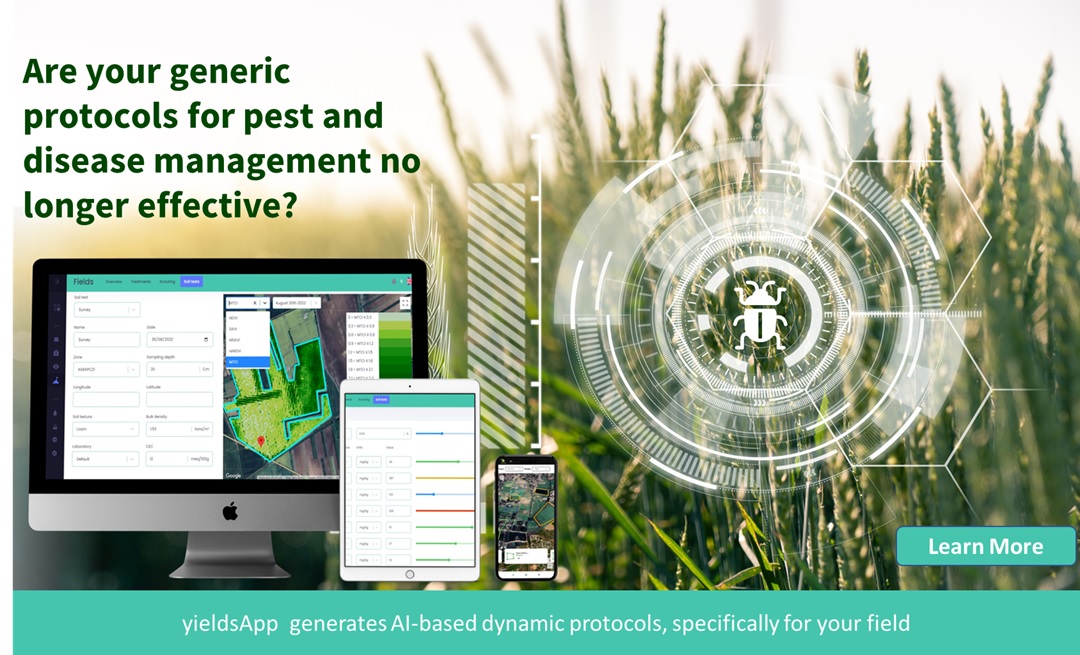Reducing Spray Drift: Key Strategies
Pesticide drift can cause serious damage to crops, harm people, animals, and the environment. Farmers should properly apply pesticides to prevent drift, especially when using pesticides on an outdoor area.
Spray drift happens when pesticides are carried by the wind to other areas, such as neighboring fields, homes, and parks. It can result in injury or death to plants, animals, and other organisms that come into contact with pesticides that have drifted outside of their intended target area. Proper application of pesticides is crucial for preventing spray drift and protecting the environment.
Atmospheric conditions favorable for pesticide spray
The most favorable time window for pesticide spray is concerned with temperature, wind, humidity, and inversion. These four affect the efficacy of your spray application and can help you predict the best time for your next operation.
Wind Speed
Wind plays a major role in the movement of spray droplets. When determining the best time for pesticide application, it is important to consider the wind speed and direction. These factors can influence how far spray droplets travel and whether or not they reach the intended target area. Wind may blow spray droplets away from their intended target plants. However, larger droplets will drift less.
The best time to apply pesticides is when there is a gentle breeze outside. Wind speeds between 5 and 8 mph can help disperse droplets from your sprayer over a larger area, preventing them from settling in one spot.
Temperature and humidity
Early morning hours are best because temperatures are cooler and there is less wind than later in the day. High temperatures and low humidity cause water from spray droplets to evaporate faster. Therefore, low humidity conditions increase chance for drift. In addition, the small droplets that form as a result of evaporation have a higher concentration of pesticide, because water evaporates quicker than the pesticide. High drift hazard may occur at relative humidity 50%.
Pesticides evaporate at different rates, so use formulations and adjuvants that reduce evaporation when possible. Check the label of the pesticide for specific instructions on how to use, based on temperature and humidity levels.
Temperature inversion
Air temperature near the ground is usually warmer than the air above it. Inversion occurs when the air temperature increases with height, instead of decreasing. This happens when cold air becomes trapped below warmer layers at night or during calm weather conditions.
An example is when air near the surface begins to cool after sunset. The ground emits less heat, causing the air near the surface to cool faster than the air above it. This results in warm air sitting above cold air instead of flowing downward. When pesticide application occurs during a temperature inversion, there is no vertical air mixing to disperse spray droplets.
Under these conditions, pesticide droplets hang in the air, moving horizontally, near the surface, causing off-target drift or landing on a multitude of unintended targets, including neighboring fields, animals, and humans.
The effect of spraying technique and equipment on spray drift
Droplet size
Smaller-diameter nozzles generally provide better coverage of the target than larger ones, because smaller droplets have a larger surface area. However, the smaller the droplet size, the greater the chance for spray drift. In addition, small droplets evaporate quicker and can become even smaller. Droplets with a diameter smaller than 150 microns are considered to be the most prone to spray drift.
You can control the size of a spray droplet selecting the proper nozzle and adjusting the spray pressure. Lower pressure will result in coarser droplets. Note that the diameter of each nozzle type may vary significantly even if they have similar flow rates or pressures applied on them. Click here for example technical information.
Spray height
The closer the spray to the canopy of the crop, the lower are the chances for spray drift. Operating the spray boom or gun as close to the sprayed surface as possible allows for a smaller, more accurate coverage pattern and reduces potential drift. A wider spray angle allows the boom to be placed closer to the target.
Summary
So, what can you do to prevent pesticide drift? Here are a few key strategies:
- Use the right equipment. Choose sprayers that are designed to minimize drift and follow the manufacturer’s guidelines for use.
- Use the right nozzle. Different nozzles produce different droplet sizes, and larger droplets are less likely to drift. Choose a nozzle that produces the appropriate droplet size for the specific pesticide being applied.
- Check the weather. Avoid applying pesticides when wind speeds are high or when conditions are otherwise conducive to drift.
- Calibrate your equipment. Properly calibrate your equipment to ensure that you are applying the correct amount of pesticide, which can help reduce drift.
- Follow label instructions. Always read and follow the label instructions for the pesticide being used, as these often include specific recommendations for preventing drift.
By following these simple steps, you can help the risk of spray drift and protect the environment, your crops, and bottom line.





